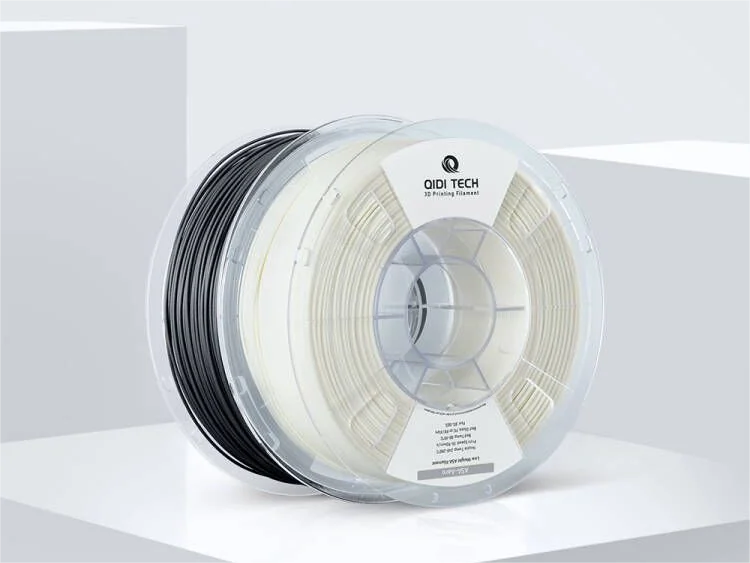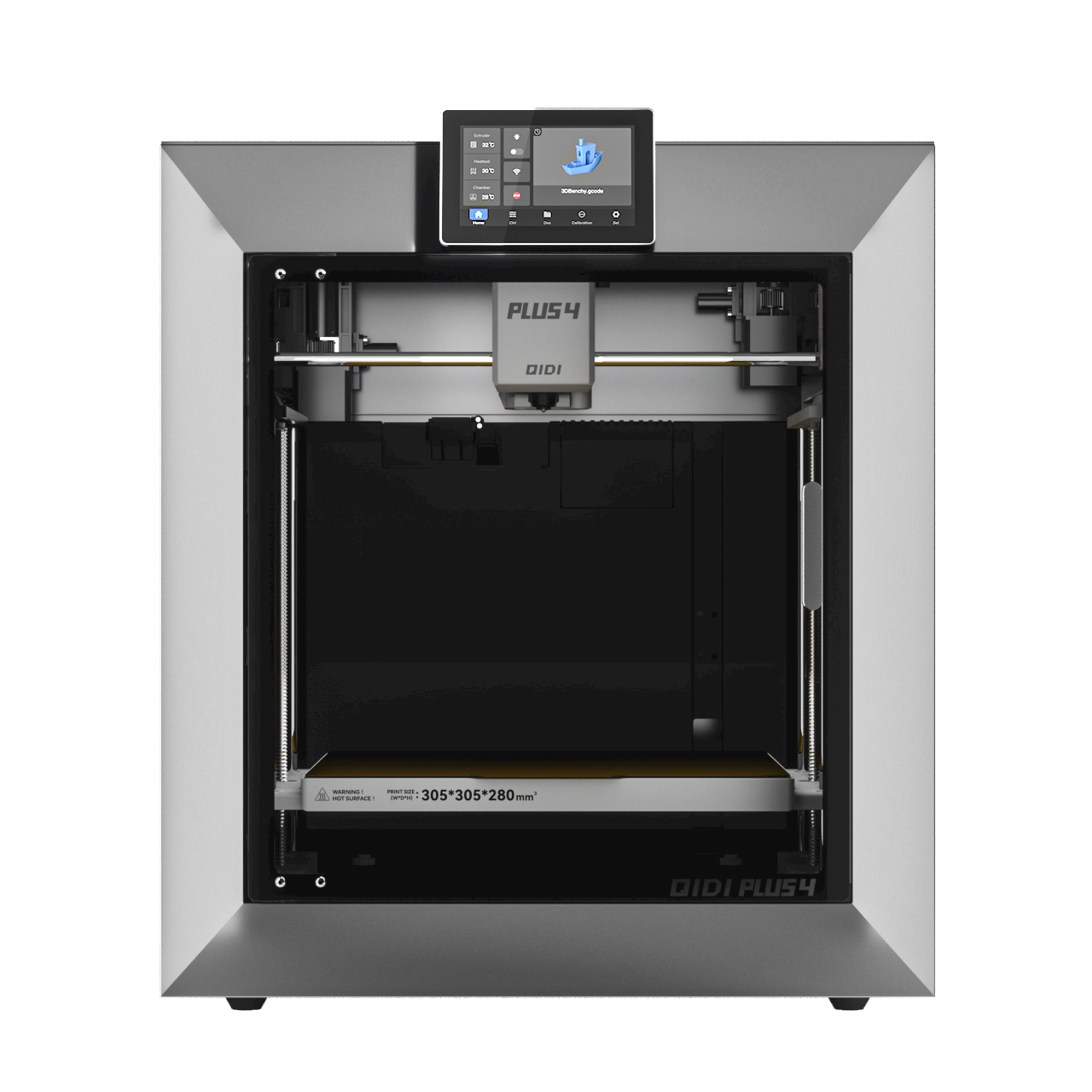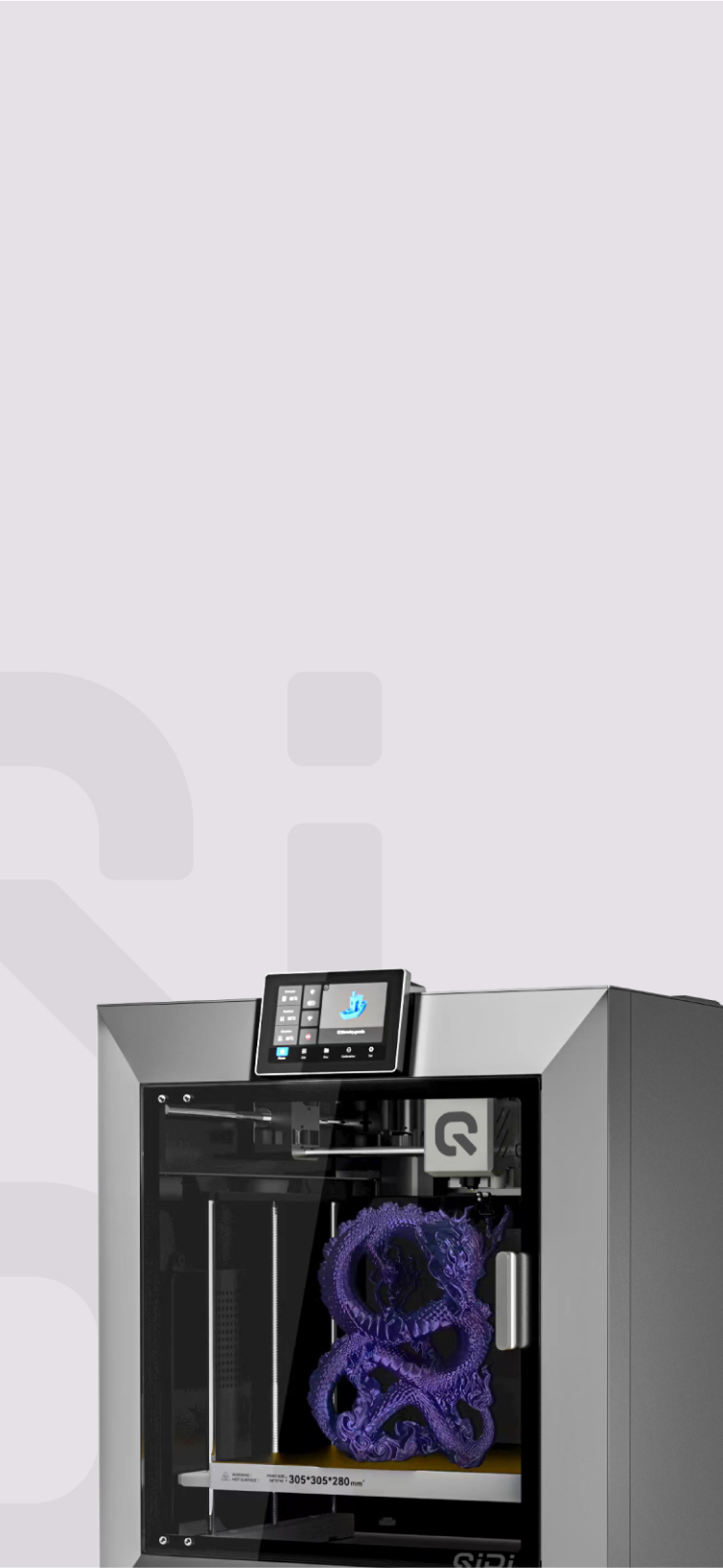The Essential Guide to 3D Printer Filament Types


In 3D printing, filament choice fundamentally impacts print success, much like ink in traditional printers. This guide explores the spectrum of filament options available today and how each material affects outcomes based on diverse applications.
Originally limited, ongoing 3D printing advancements sparked extensive filament development catering to specialized needs.Comprehending modern capabilities now unlocks maximized potential, whether strength, flexibility, finesse, or sustainability drives your visions. Follow along as we demystify how to select ideal filaments by revealing their distinct properties and tailor builds to intentions.
A Quick Look Sheet:
| Filament Type | Key Features | Best Use Case |
|---|---|---|
| PLA | Easy to use, low temp, non-toxic | Decorative prints |
| ABS | Strong, emits fumes | Functional parts |
| PETG | Durable, chemical-resistant | Mechanical parts |
| TPU | Flexible | Prototypes |
| Carbon Fiber | High strength | Aerospace |
| Nylon | High-impact resistance | Durable parts |
| PEEK/PEI | Extreme conditions | Industrial components |
| PLA/PHA | Biodegradable, eco-friendly | Prototypes |
What Are 3D Printer Filaments?
3D printer filaments are like the plastic "ink" used to make objects. Quality filaments keep 3D printers running smoothly, just as blood keeps bodies healthy. Filaments feed into desktop FDM printers that build things layer by layer from melted plastic.
Most filaments for home printers come wound as 1.75 mm diameter reels holding the plastic strands. Some printers use thicker 2.85 mm filaments also. The printer head melts and precisely lays down the plastic to form a solid object.
Popular filaments are made of polylactic acid (PLA) or acrylonitrile styrene (ABS) plastics. But many special types exist too - wood, metal, carbon fiber, glow-in-the-dark, and more! Different fillers give unique properties when printing. This variety lets creators choose filaments perfect for their needs - from super strong drone parts to fun decorative vases.
So filaments bring 3D printing dreams to reality across many fields, much like blood enables human function. Finding the right "ink" unlocks what you can create!

Standard Filament Materials
Starting with the basics, standard filaments like PLA (Polylactic Acid), ABS (Acrylonitrile Butadiene Styrene), and PETG (Polyethylene Terephthalate Glycol) are the backbone of 3D printing materials.
PLA is loved for its ease of use. It prints at lower temperatures and doesn't emit harmful fumes, making it a favorite for classroom and home use. Its final product boasts a glossy finish, available in an array of colors, perfect for decorative pieces.
ABS steps up the game in terms of strength. A staple in the manufacturing of items such as LEGO bricks, it requires higher temperatures to print correctly and a heated bed to prevent warping. Ventilation is also crucial due to the fumes during printing.
PETG is the middle ground between PLA and ABS, offering durability and clarity while being easier to print than ABS. It offers resistance to chemicals and moisture, making it suitable for practical containers or mechanical parts.
Advanced and Specialty Filaments
When we step into the realm of advanced and specialty filaments, the game changes. We encounter materials like TPU (Thermoplastic Polyurethane), which brings flexibility to printed objects, perfect for phone cases or wearable gadgets.
Carbon Fiber Infused Filaments take strength and stiffness to another level, though they can be abrasive to standard nozzles. Print speed adjustments may be necessary to achieve optimal results with this material.
Nylon Filaments shine with their high-impact resistance and durability. These features come with challenges such as handling moisture absorption and preventing warping during cooling.
For those seeking visual flair, exotic composite filaments offer finishes resembling wood, metal, or other materials. These filaments require careful printing techniques but open doors to incredibly creative applications.

Engineering-Grade Filament Options
Within engineering-grade options, there's a treasure trove of filaments designed for specific functional applications. Here, Nylon variants become essential, with Aliphatic Nylons offering strong chemical and wear resistance, while Aromatic Nylons can tolerate high temperatures.
Carbon Fiber Reinforced Filaments enter the chat again, now emphasizing their role in creating structural parts where rigidity is paramount. Their composite nature makes them ideal for aerospace, automotive, and industrial components.
High-temperature filaments like PEEK and PEI are renowned for maintaining thermal stability and mechanical properties under extreme conditions, making them prime candidates for the most demanding engineering tasks.
Environmentally Friendly Filament Choices
As global environmental concerns grow, so does the interest in environmentally friendly filaments. PLA and PHA stand out as biodegradable options, derived from renewable resources such as cornstarch. The 3D printing industry continues to innovate, aiming to minimize its carbon footprint by developing new, sustainable materials and recycling programs.
How to Select the Right Filament
With foundational knowledge about major filament types and their capabilities covered, let's explore key selection criteria to optimize materials for your application:
- Print Temperature Range: Ensure your printer and nozzle can safely reach the minimum extruder and bed temperatures needed for the filament to flow smoothly before hardening rapidly. Cooler prints risk clogging.
- Target Strength & Flexibility: Consider the minimum ductility, durability, compression, or elasticity demands based on functional loads. PLA suits decorative prints well but industrial nylon blends better handle real-world stresses.
- Adhesion Properties: Bed adhesion varies significantly between materials, determining successful first-layer sticking. PA and PETG bond aggressively while PLA and TPU need help from glues/tapes. This prevents warped or detached bottom surfaces.
- Accuracy Requirements: Filaments have distinct thermal shrinkage and cooling behaviors, directly impacting dimensional precision essential for interlocking printed parts to fit perfectly. Where tolerance sensitivity rises, materials with a minimal coefficient of thermal expansion like ABS over PLA gain relevance.
- Post-Processing Needs: If the visual appeal of smooth surfaces ranks highly, opt for filaments like ABS that enable vapor smoothing solvent polishing. Else materials like PCs which don't require handling toxic chemicals may fare better for homes/classrooms.
- Sustainability Factors: As ecological impact enters decision equations with greater frequency, naturally derived plastics like PLA made from corn starch, sugarcane ethanol, or plant cellulose hold strong appeal over traditional petroleum-based options.
By evaluating technical qualities against application demands, you stack selection odds in your favor. Test small prints first before committing to bigger builds to confirm chosen materials excel under operational conditions. Gradient iterations then progressively enhance outputs.
How to Store and Care for Your Filaments
Proper filament storage and handling prevents many printing issues down the line:
- Moisture Control: Keep filaments in airtight containers with desiccant bags. Ambient humidity degrades quality over time, causing brittleness and poor extrusion.
- Ideal Storage Conditions: Store in room temperatures between 18°C and 25°C, away from temperature extremes. Opaque storage boxs prevent light exposure and dust buildup.
- Prevent Material Flexing: Avoid tight bends or repeated back-and-forth flexing when unspooling. This weakens filaments. Use free-spinning holders.
- Rotate Older Inventory First: Adhere to first-in, first-out principles when consuming spools. Use older batches first before opening new ones to minimize degradation.

Staying ahead of storage, handling, and rotation best practices preserves filament integrity. This shields print consistency and avoids wasted output from degraded materials. Safeguard your 3D printing investments through proper care!
Takeaway
Whether you're looking for durability, flexibility, or environmental sustainability, there's a filament out there that fits the bill. With proper storage and care, these versatile materials will continue to fuel the ever-growing possibilities of 3D printing, one extruded layer at a time.


 Q2
Q2
 QIDI Box
QIDI Box
 Plus 4
Plus 4
 Q1 Pro
Q1 Pro
 X-Max 3
X-Max 3

